Researchers' Zone:
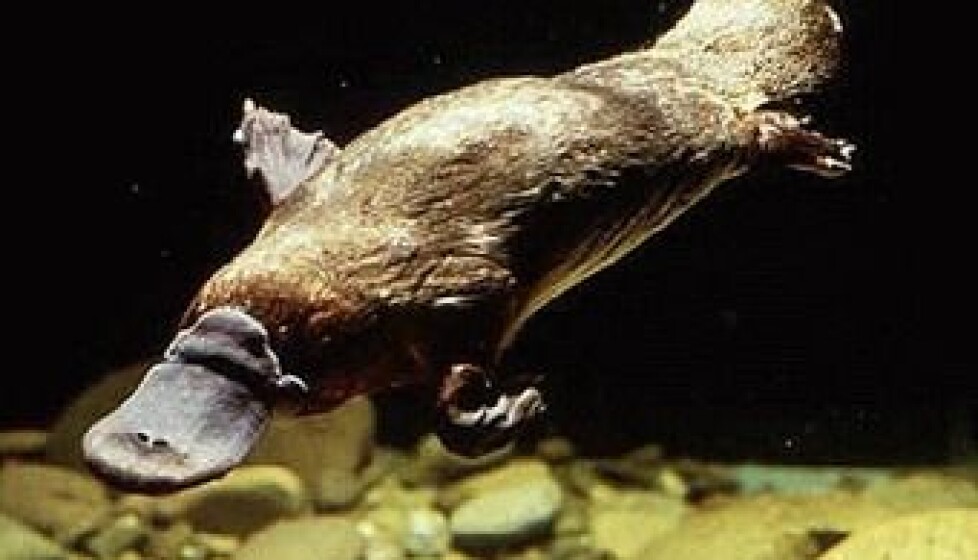
Spurs, furs, and vampires: The science of venomous mammals
The platypus, the slow loris and the vampire bats are all unique and fascinating creatures with one curious thing in common. Venom.
If someone says ‘venom’ it usually conjures images of snakes, scorpions, and spiders.
However, the vast spectrum of venomous creatures does not stop at the scaly and scary. Venom has found its way into the arsenal of several different animal groups, including mammals.
In this article, we will walk you through the fascinating science of the platypus, the slow loris and the vampire bats, who all are venomous mammals.
The platypus is only venomous in the breeding season
To look upon the platypus (Ornithorhynchus anatinus) is to understand Dr. Moreau’s (from H. G. Well’s famous book The Island of Dr. Moreau) obsession with patching pieces of separate species together.
It contains physical traits from various other creatures: the bill of a duck, the body of an otter, and the tail of a beaver.
While most Australian creatures are weird and wonderful, these water dwellers really are something special.
They look so peculiar that the first scientist to examine the bill and pelt of a platypus, George Shaw, thought it was a hoax. In 1799, he was sent the specimen and actually tried to find the ‘stitches’, he was convinced held this amalgamation together.
Besides its peculiar appearance, the platypus is also a venomous mammal, but – curiously enough – only seasonally so.
While most venomous animals have venom as a permanent fixture in their repertoire, the male platypus only produces his toxic cocktail during the breeding season (June to October).
This has led to the belief that their venom is primarily for reproductive functions – where most venom is to facilitate catching prey or defending against predators.
Spurred on by the competition for mates, the male platypus utilises a small spur attached to its hind limbs, connected to a gland which holds the potent venom. The males will wrestle and jab each other with these spurs repeatedly until one emerges the victor.
Females are also born with a spur, but it falls off before they reach adulthood.
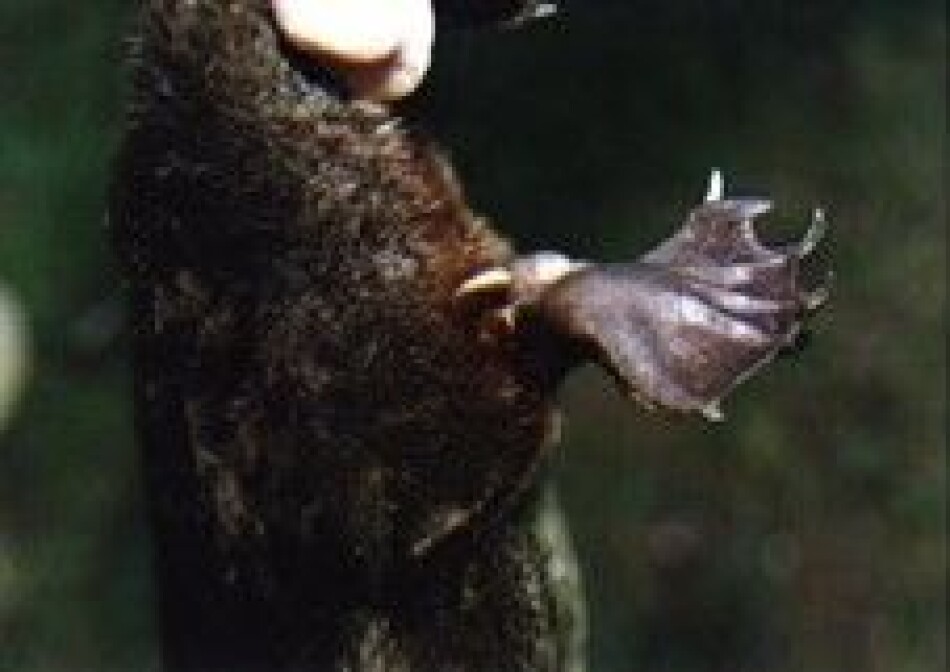
The venom of the platypus can kill your dog
Envenomation of humans are not unheard of. The platypus causes swelling at the site of the sting and a long-lasting excruciating pain that cannot be relieved by conventional painkillers, including morphine!
Some patients have been recorded to suffer from nausea, cold sweats, and muscle wastage of the hand.
While there have been no reported human fatalities from the platypus, they have been known to kill dogs which have been unlucky enough to be stung by their sharp spur.
The platypus can help us discover new painkillers
Platypuses have been shown to have decreasing populations due to various human-caused factors, such as artificial dams, predation by dogs, drowning in fishing nets, etc. These issues have placed the platypuses in the conservation status called ‘near threatened’, which is one step closer to becoming an endangered species.
Of course, we shouldn’t just want to keep these beautiful creatures around because they might be useful to us, but it’s worth mentioning that the venom of the platypus could hold untold wonders in its complex make-up.
The fact that platypus venom causes such excruciating pain could lead us to the discovery of a brand-new painkiller which uses those specific targets to our advantage.
There is also rumbling in the research sphere of a peptide within the venom of the platypus which could help optimise the treatment of people suffering from diabetes.
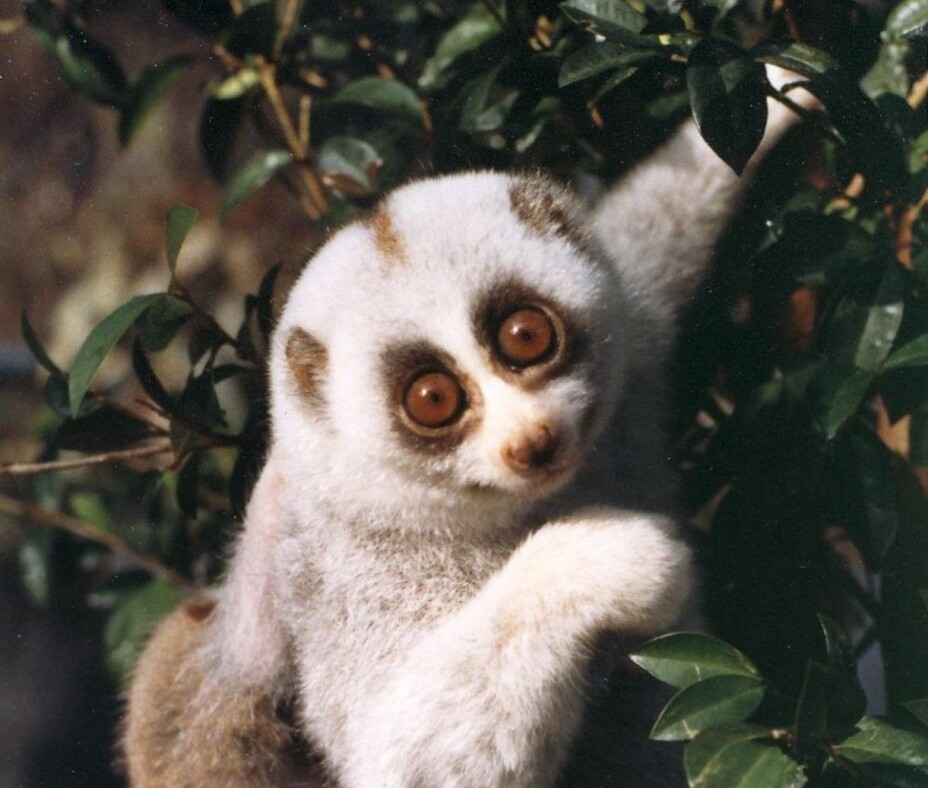
While you laugh, the slow lorises suffer
If you have ever received a cute video of a funny looking primate putting its’ arms in the air to be ‘tickled’, then you have seen a slow loris (Nycticebus spp.).
There are eight different species of slow loris, and they span across all of Southeast Asia. There are countless videos online of these endearing balls of fur being ‘played with’ and ‘tickled’.
However, a study by Oxford Brookes University found that in over 100 videos all of the animals were distressed, sick, or exposed to unnatural conditions..
When a slow loris raises its arms, it’s because it wishes to employ its best defensive weapon – venom. On the inside of their arm is a gland where an oil is secreted, which when activated by their saliva creates a noxious compound.
This ‘venom’ is delivered by their special toothcomb at the front of their mouths, which is a remarkably effective system.
It is thought that the slow loris uses its venom as both a defence against predators, as well as to fight rival slow lorises, like the platypus (except these primates have venom all year around). Slow loris venom might be problematic because as well as the pain and swelling caused by the venom, scientists discovered the structure of the secretion from the slow loris is near identical to the cat dander allergen (Fel d1). This could explain why it is so harmful to people, as cat allergies are thought to affect up to 180 million people in Europe and the USA alone.
The slow lorises are victims of illegal trade
These nocturnal primates are unfortunately too cute for their own good. They have attracted a lot of attention over the last decade, and as a result they are heavily trafficked in the illegal wildlife trade.
This surge in popularity as pets has led to a decline in the wild populations, and most species are now considered to be vulnerable on the International Union for Conservation of Nature’s (IUCN) Red List.
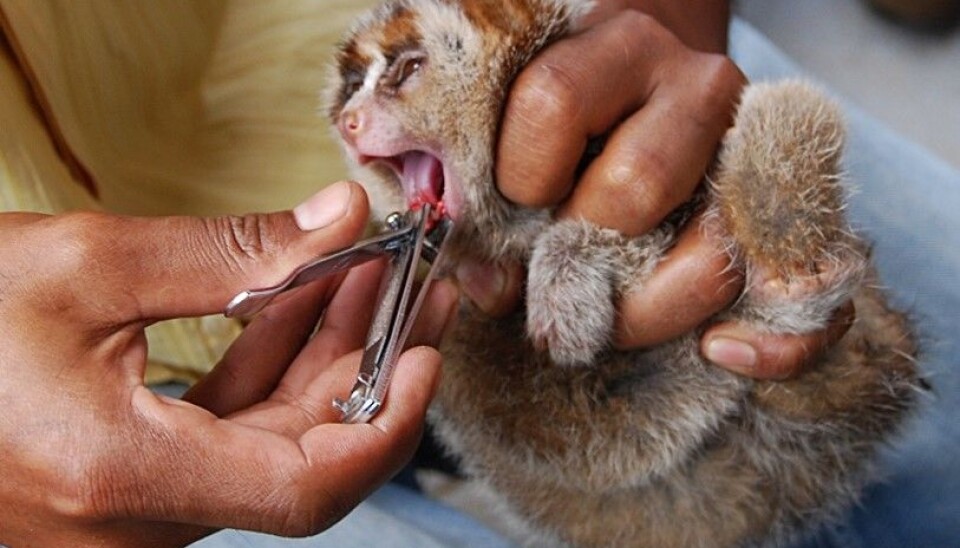
In the illegal wildlife trade, traffickers often take young slow lorises from their mothers, cram them into tiny cages with several other slow loris babies, and even cut their teeth out (which is very painful and means the animals cannot eat properly).
Vampire bats are the only mammal who survives exclusively by drinking blood
Vampire bats are the real-life Draculas of the world. A creature that sustains itself on the blood of other animals has captivated our fear and imagination for centuries.
Its most distinctive trait is that they are the only mammals to sustain themselves solely on blood. Blood feeding (also known as ‘haematophagy’) is possible thanks to the venom that the bats contain.
While sometimes debated, vampire bats are considered venomous as they produce a specialised secretion in their saliva (aptly named ‘Draculin’), which facilitates their feeding.
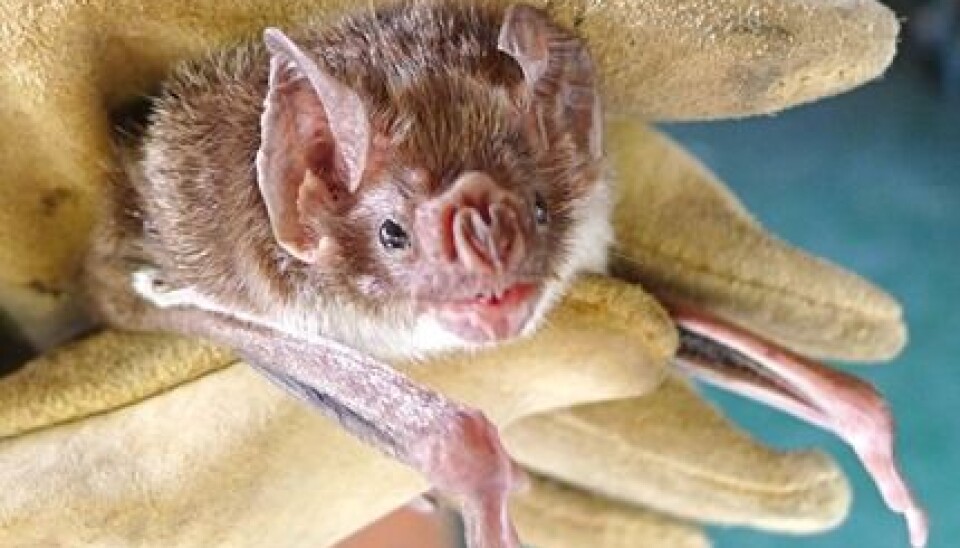
These secretions are useful for stopping the prey animal’s blood from clotting and harbour a strong local anaesthetic so to avoid detection by the animal it is feeding on (and avoid being swatted at).
They use specialised thermoreceptors in their nose to detect the ideal feeding spot on their prey, where the blood runs close to the surface of the skin. They then make an incision using their exceptionally sharp teeth.
The bat then feeds by lapping up the blood that pools at the bite site with its tongue. This can last for up to 30 minutes.
Vampire bats can cause some nasty infections and diseases
A taxidermy display of how a common vampire bat (Desmondus rotundus) would feed upon a pig from the Natural History Museum in Vienna. Photo source: https://commons.wikimedia.org/wiki/File:Desmodus_rotundus_feeding.jpg.
A vampire bat’s food source of choice is cattle. However, they will settle for horses, sheep, pigs, dogs, and even humans if they present themselves. While a vampire bat’s bite will not hurt its victim (due to its incredibly sharp teeth), it can lead to some rather nasty infections and diseases.
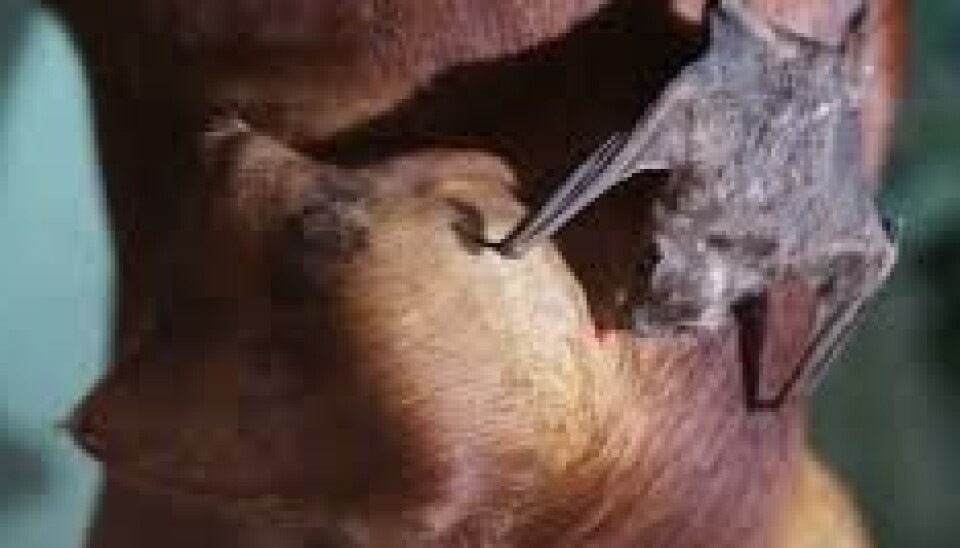
Vampire bats are incredibly proficient at transmitting deadly zoonotic diseases, where the most well-known is probably rabies.
In a rabies case, the virus enters the body through the wound, incubates for up to 3 months, and then makes its way through the peripheral nervous system, up to the central nervous system and finally arrives at the brain, where it multiplies rapidly.
At this stage death, is inevitable as the brain is overtaken by the virus, which causes excessive swelling, tissue damage, and cell death. Rabies is an incredibly nasty disease, which has a 100 percent confirmed-case fatality rate, meaning as soon as symptoms have developed, it is already too late.
There is, however, a vaccine that is given when rabies is suspected (before the symptoms present themselves), which results in only one or two people dying from rabies in the US each year.
Why we should protect the vampire bats and the other venomous mammals
Although these vampire bat-transmittable diseases have given the bats a bad reputation, there is actually a plethora of reasons to protect vampire bats. The most selfish of these is the fact that their spit could be especially useful for medicinal purposes.
Their saliva contains peptides thought to be a new class of blood pressure regulating peptides (called vCGRPs), which we might be able to use in the treatment of hypertension, heart failure, and even kidney disease.
Of all the weird and wonderful creatures on the planet, those who use venom are in our opinion some of the most intriguing of all. Venom has popped up across the evolutionary timeline many times, and this is across vertebrates and invertebrates alike.
The takeaway from this knowledge is that venom does not belong to one group of animals; it proliferates the animal kingdom as a useful tool – one which is yet to be fully understood, and it has boundless potential in medical science.
We need to protect all walks of life, not only because it is the right thing to do but, more selfishly, because these creatures from creepy-crawlies to cuties could hold cures to diseases and ailments that have plagued humanity for years!
References
'Tracing Monotreme Venom Evolution in the Genomics Era', Toxins (2014), DOI: 10.3390/toxins6041260
Platypus envenomation—a painful learning experience', Med J Aust (1992)
'"Venom" of the slow loris: sequence similarity of prosimian skin gland protein and Fel d 1 cat allergen', Naturwissenschaften (2003)
'Bats: Important Reservoir Hosts of Emerging Viruses', Clin Microbiol Rev. (2006), DOI: 10.1128/CMR.00017-06





